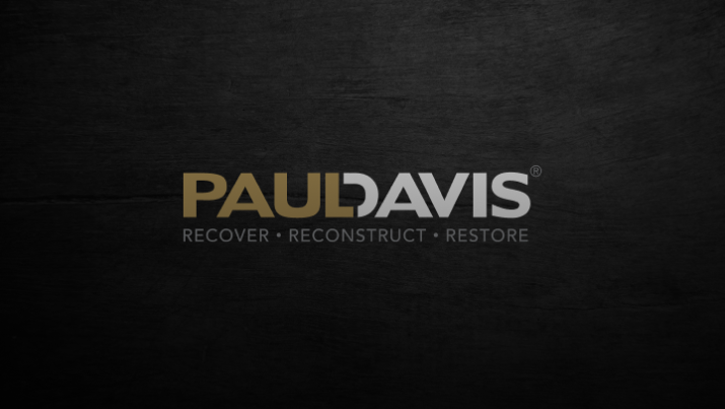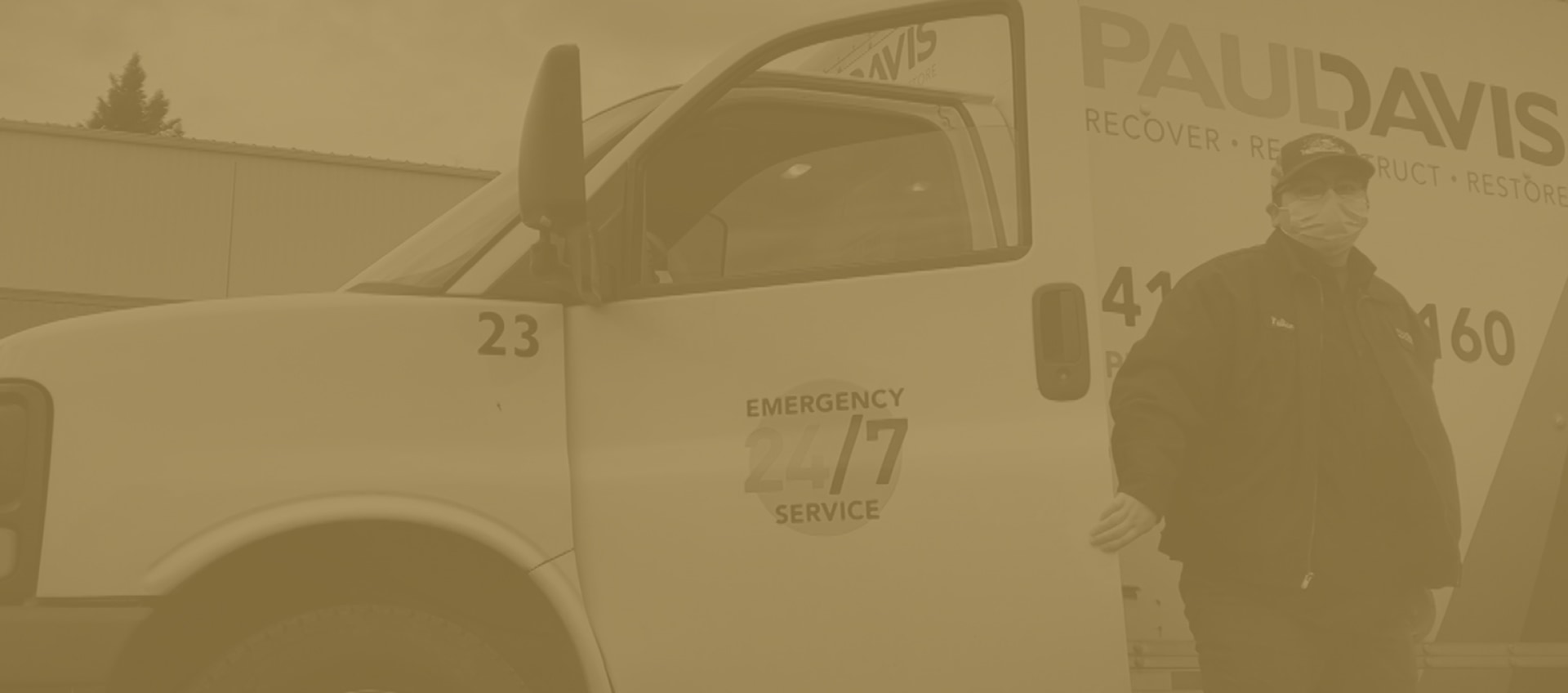Severe storms have recently hit the Louisville, KY area, leading to widespread basement flooding and water damage. Paul Davis of Louisville is working diligently to assist homeowners in need of water extraction and restoration services, but due to the high demand, there is currently a waitlist. If your basement has flooded and you’re waiting for professional help, there are a few critical steps you can take to stay safe and speed up the recovery process.

1. Check Your Sump Pump and Arrange for Repairs
One of the most common reasons for basement flooding is sump pump failure. Before Paul Davis can begin water extraction, your sump pump must be operational. Here’s what you should do:
- Inspect your sump pump for power or mechanical issues.
- If it has failed, contact a plumber or sump pump specialist immediately to repair or replace it.
- Having a working sump pump will help remove excess water, making the restoration process faster and more effective.
2. Prioritize Safety
Flooded basements can pose significant hazards. Follow these safety precautions while waiting for professional assistance:
- Avoid Standing Water – If water levels are high, avoid wading in the basement due to the risk of electrical shock and contamination.
- Turn Off Electricity – If it’s safe to do so, shut off power to the affected area to prevent electrical hazards.
- Watch for Structural Damage – Prolonged exposure to water can weaken floors and walls. If you notice sagging ceilings or cracked walls, evacuate the area immediately.
- Wear Protective Gear – Floodwater can contain contaminants. Use gloves, boots, and masks when handling anything in the affected area.
3. Mitigate Further Damage
While waiting for professional services, take the following steps to limit additional damage:
- Remove Valuable Items – If it’s safe, move furniture, electronics, and important documents to a dry area.
- Increase Air Circulation – If weather permits, open windows and use fans to help reduce humidity and prevent mold growth.
- Begin Water Removal (If Safe) – If your sump pump is working, let it remove as much water as possible. You can also use wet/dry vacuums for minor pooling, but only if it’s safe to do so.
4. Get on Multiple Waitlists
Given the severity of the storms, restoration services are in high demand. If you haven’t already, contact multiple water damage restoration companies to get on their waitlists. This increases your chances of getting service sooner.
5. Document the Damage for Insurance
Taking pictures and videos of the damage can help streamline your insurance claim. Keep detailed records of:
- The extent of the flooding
- Any damaged items
- Receipts for emergency repairs, such as sump pump replacements
Frequently Asked Questions
- What should I do if my basement floods?
- First, check if your sump pump is functioning. If it has failed, get it repaired or replaced immediately. Avoid standing water, turn off electricity if safe, and move valuables to a dry area.
- How can I speed up the water damage restoration process?
- Ensuring your sump pump is working can help remove water faster. Also, document the damage for insurance, get on multiple waitlists for restoration services, and improve air circulation if safe.
- Is it safe to enter a flooded basement?
- Only enter if you are certain the electricity is off and there are no structural damages. Wear protective gear and avoid direct contact with floodwater, which may be contaminated.
- Stay Patient and Proactive
- We understand that dealing with a flooded basement is stressful, but taking these proactive steps can make a big difference in how quickly and effectively your home can be restored. Paul Davis of Louisville is working hard to assist every homeowner affected by the recent storms, and we appreciate your patience as we help as many people as possible.




